Bronx Metro-North station rezoning plan approved by City Planning Commission
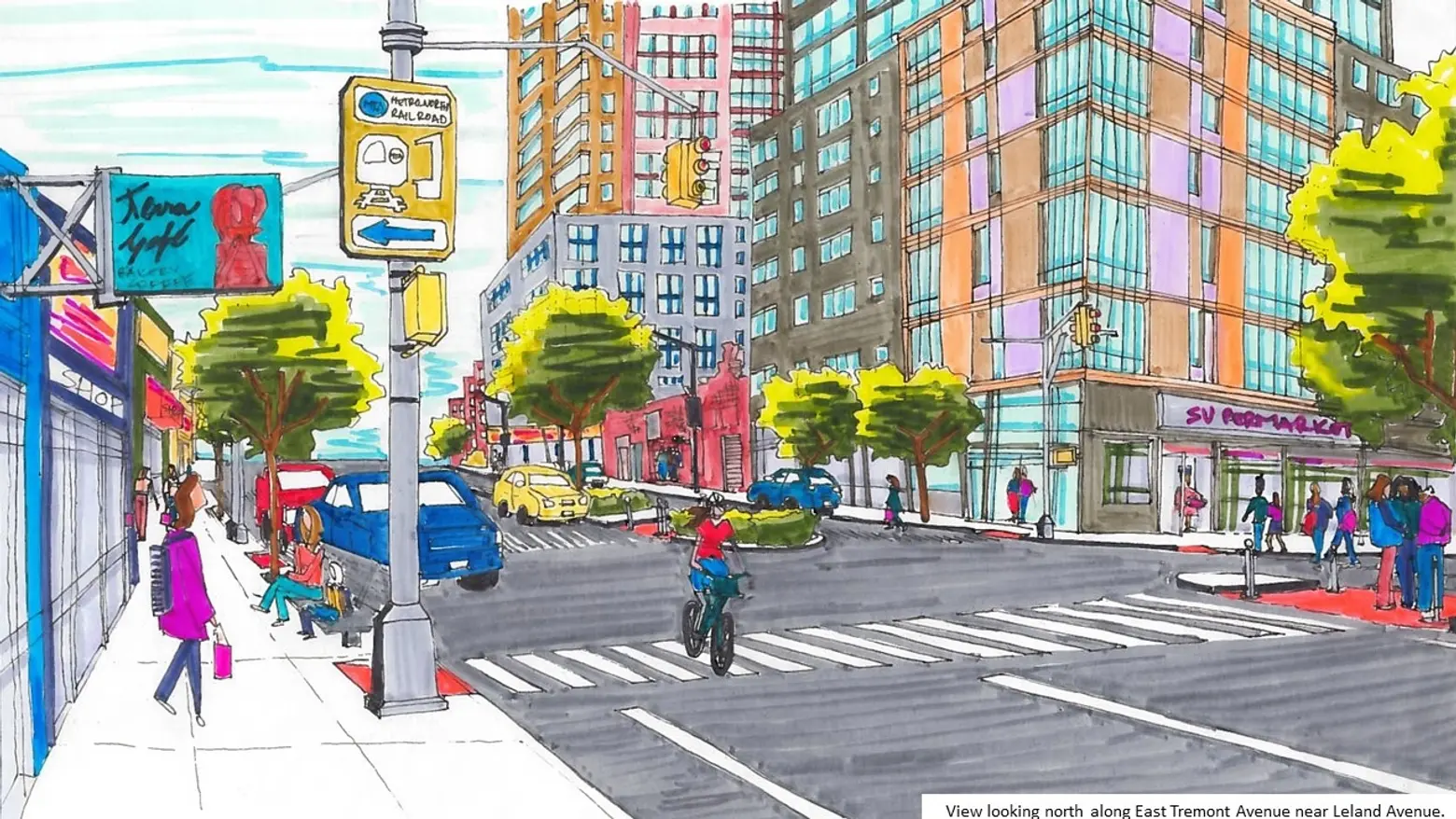
View looking north along East Tremont Avenue near Leland Avenue. Images courtesy of DCP.
A plan to bring thousands of new homes and jobs around new Metro-North stations in the East Bronx is moving forward. The City Planning Commission last week voted to approve the Bronx Metro-North Station Area Plan, a rezoning effort targeting the areas around four new Metro-North stations to create roughly 7,500 new homes, 10,000 jobs, improvements to public space, and neighborhood amenities. The plan heads next to the City Council for a final vote sometime this summer.
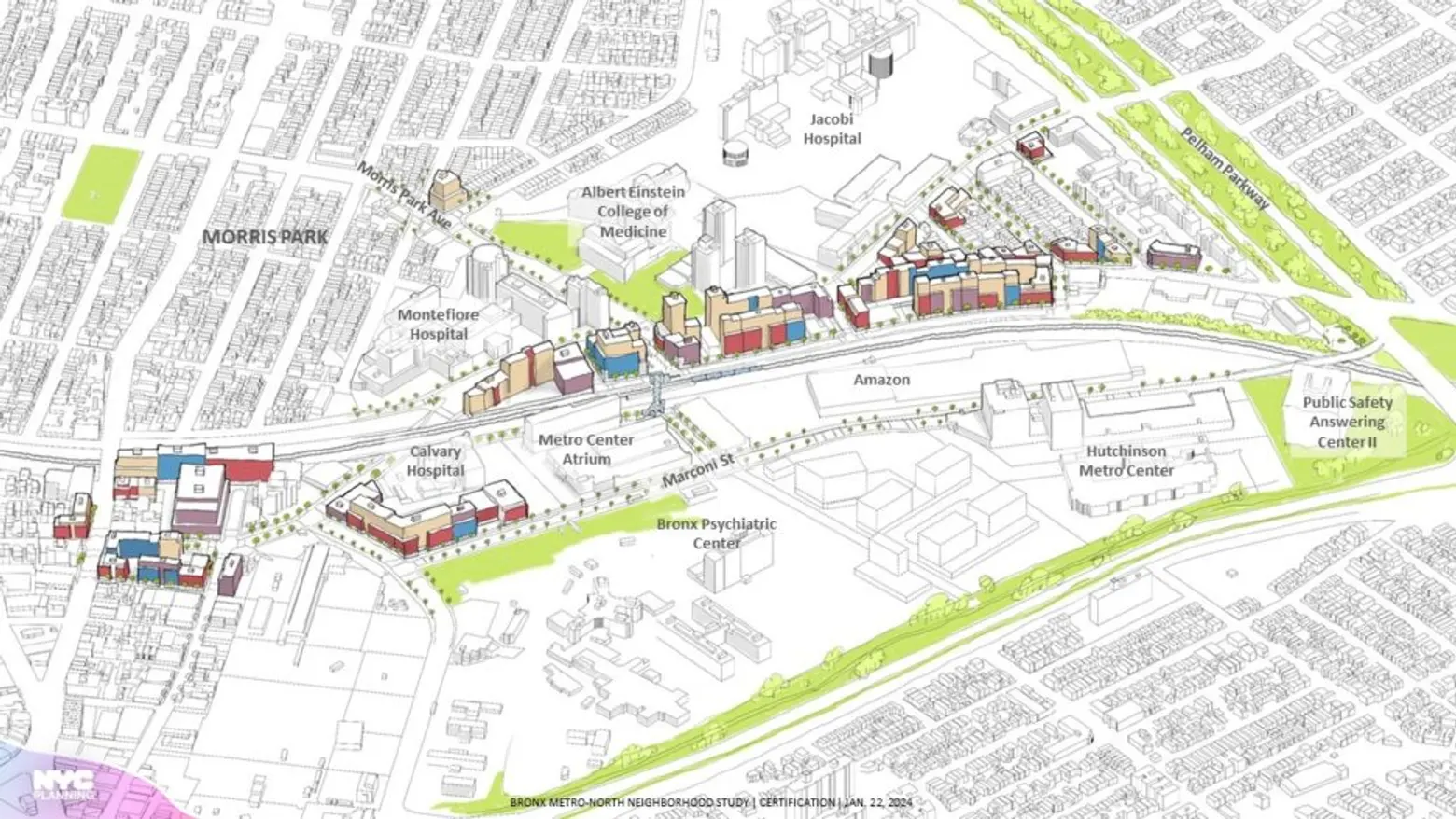
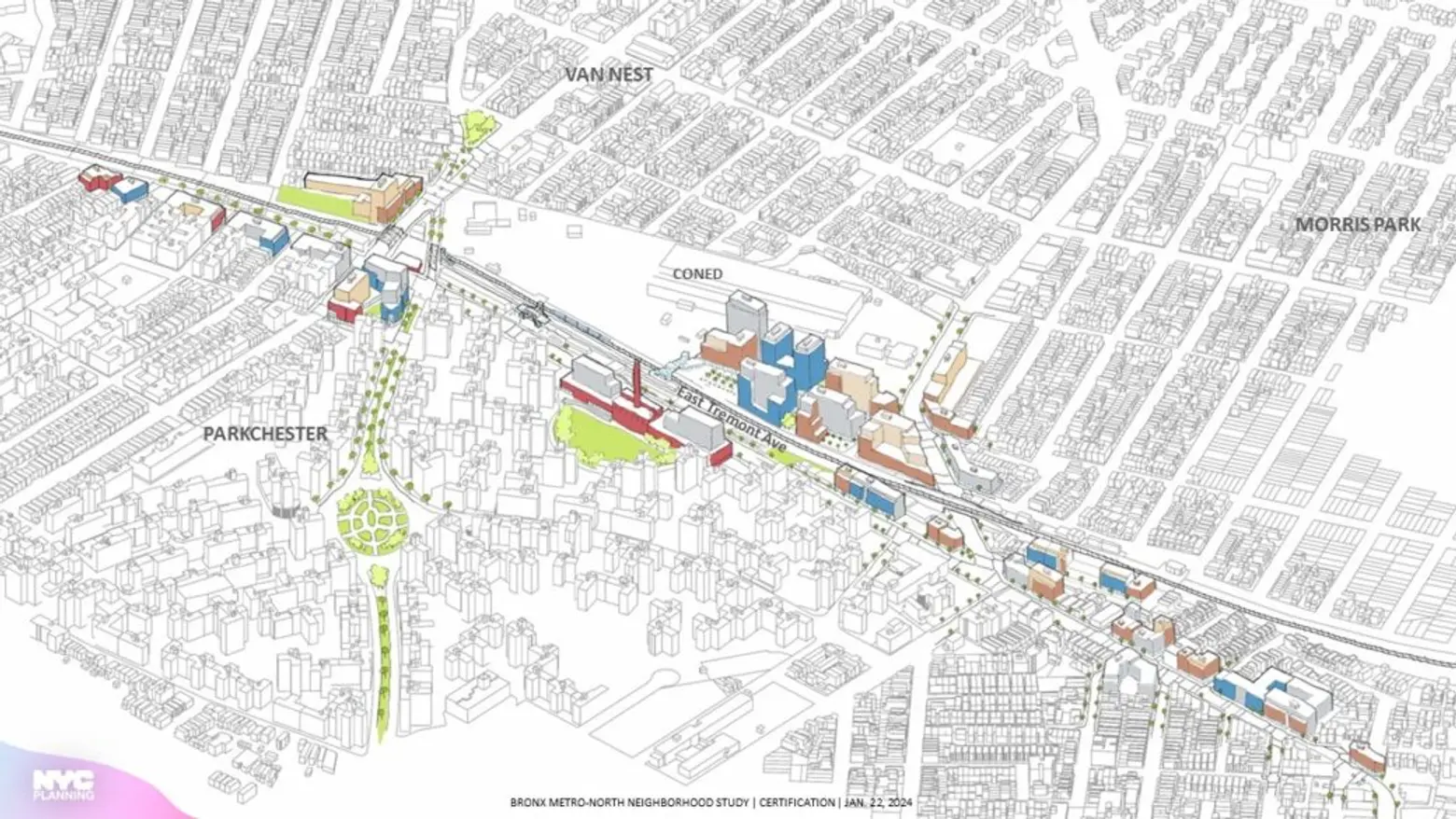
The rezoning, the first under Mayor Eric Adams’ administration, focuses on 46 blocks around four new Metro-North Stations planned for Co-op City, Hunts Point, Morris Park, and Parkchester/Van Nest, which are expected to be constructed by 2027.
“With today’s vote, Bronx residents are one step closer to getting the homes, jobs, amenities, and infrastructure improvements they need,” Dan Garodnick, Chair of the City Planning Commission, said. “These four new Metro-North stations will be transformative for the borough, the city, and the entire region. It’s common sense to pair them with such a thoughtful plan that expands housing opportunity, creates jobs, and benefits local communities.”
The original plan projected 6,000 new homes, but the latest proposal estimates the rezoning would lead to 7,500 new homes, thanks to the mayor’s City of Yes for Housing Opportunity amendment. Of the new homes created under the rezoning, the city estimates 1,900 will be permanently income-restricted through the city’s Mandatory Inclusionary Housing (MIH) program. The rezoning would permit residential development in areas previously designated for commercial and manufacturing use.
As City Limits previously reported, three council districts within the zoning area, districts 13, 15, and 18, saw just a little more than 4,500 total new affordable housing units built or financed within their borders between 2014 and 2021, according to New York Housing Conference data.
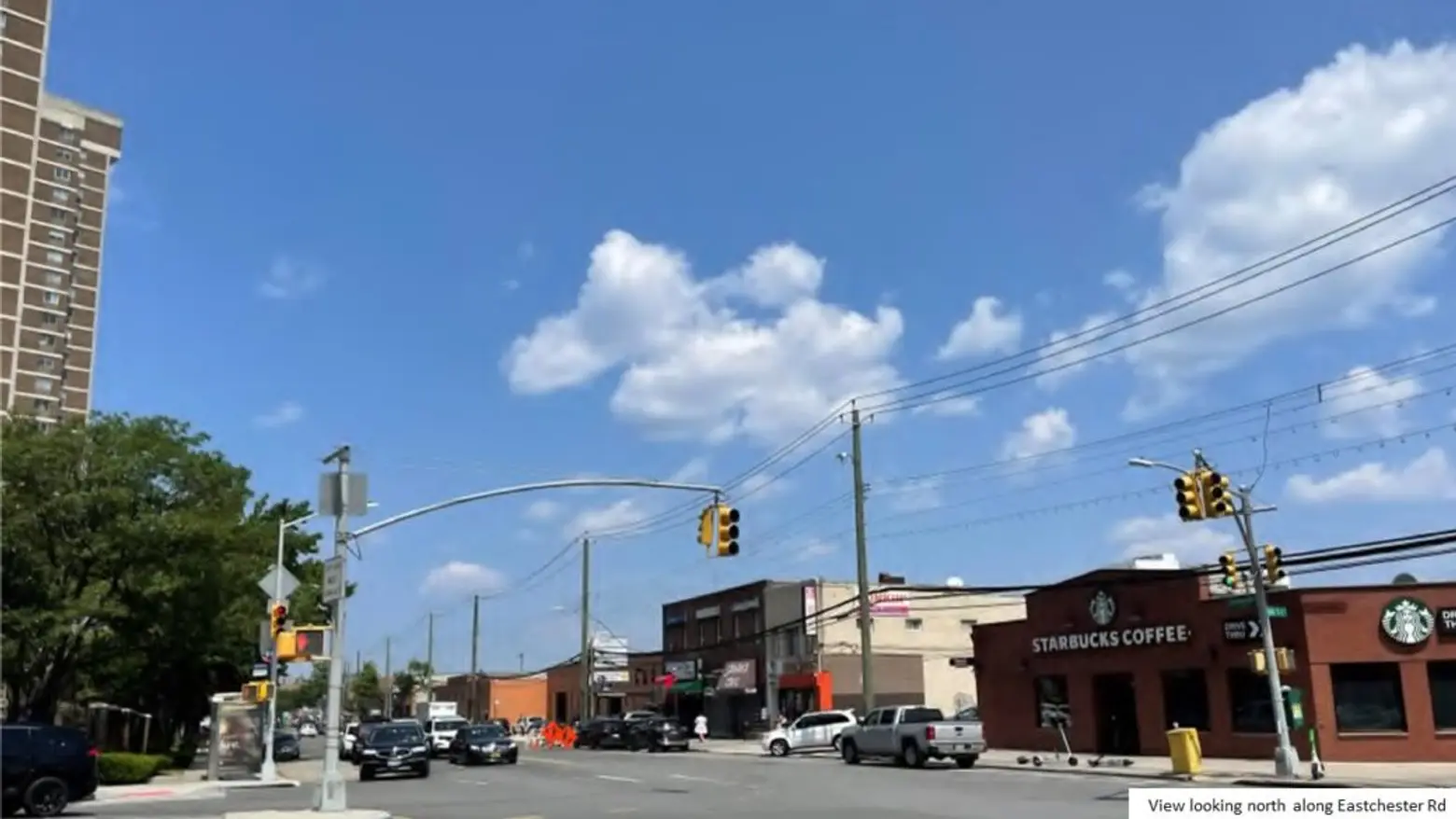
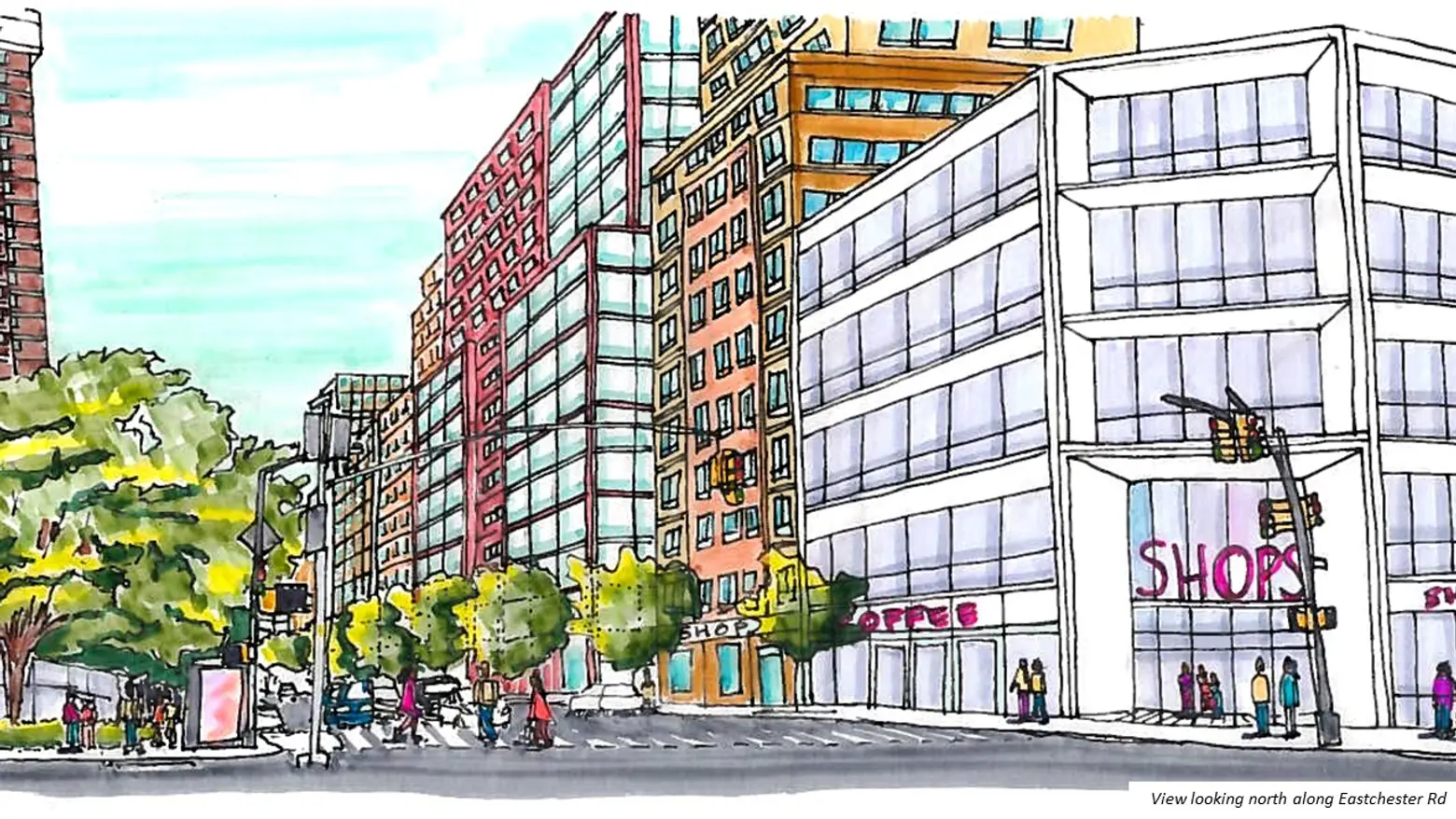
The plan aims to add 10,000 jobs in Parkchester/Van Nest and Morris Park by establishing workforce training programs, bolstering commercial corridors, and supporting institutions and job centers like Calvary Hospital, Hutchinson Metro Center, Jacobi Medical Center, and Montefiore Hospital, according to a press release.
The city will invest in infrastructure and pedestrian-friendly public amenities, like upgraded public plazas, open spaces, bus shelters, improved lighting, and new retail.
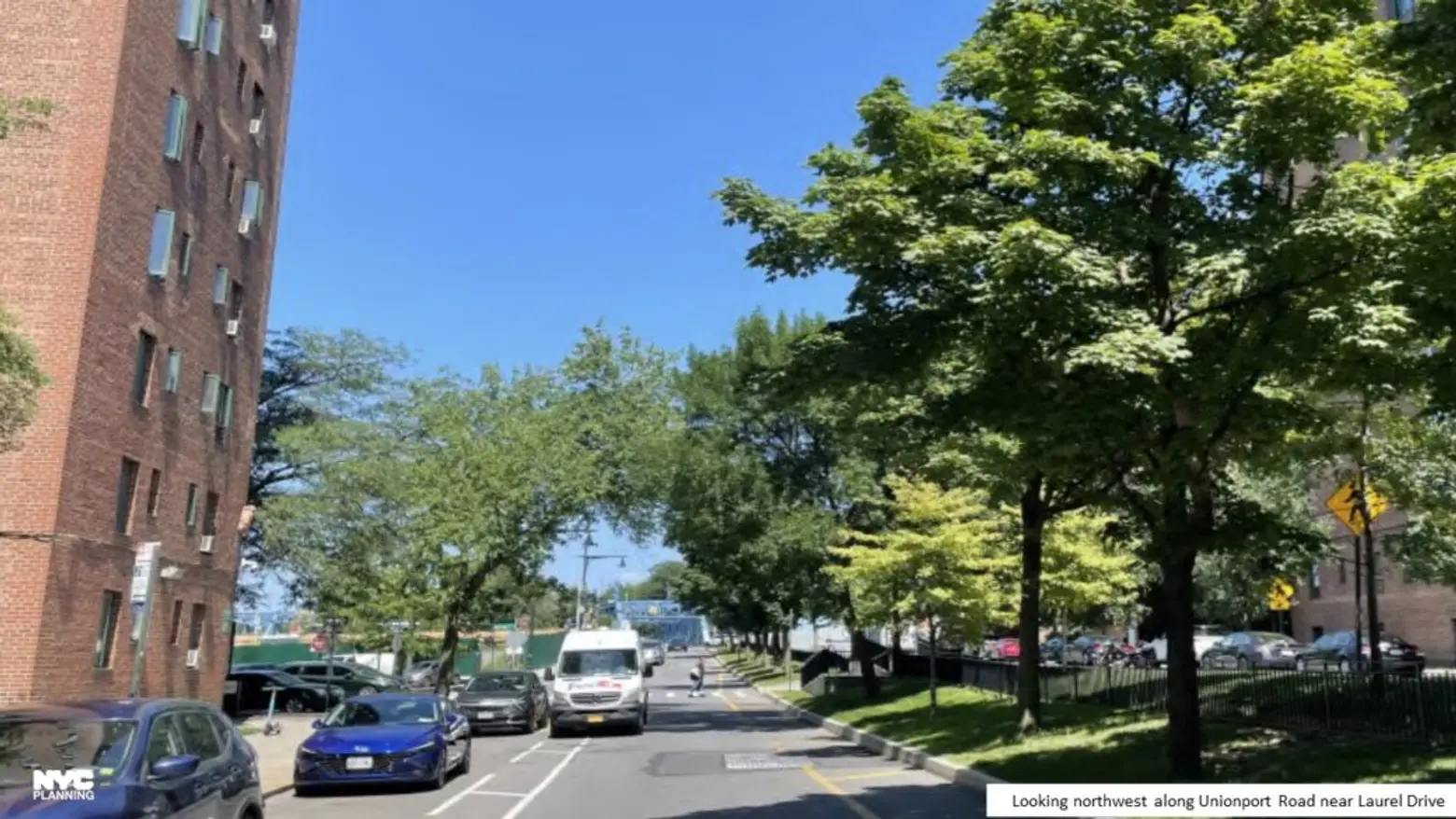
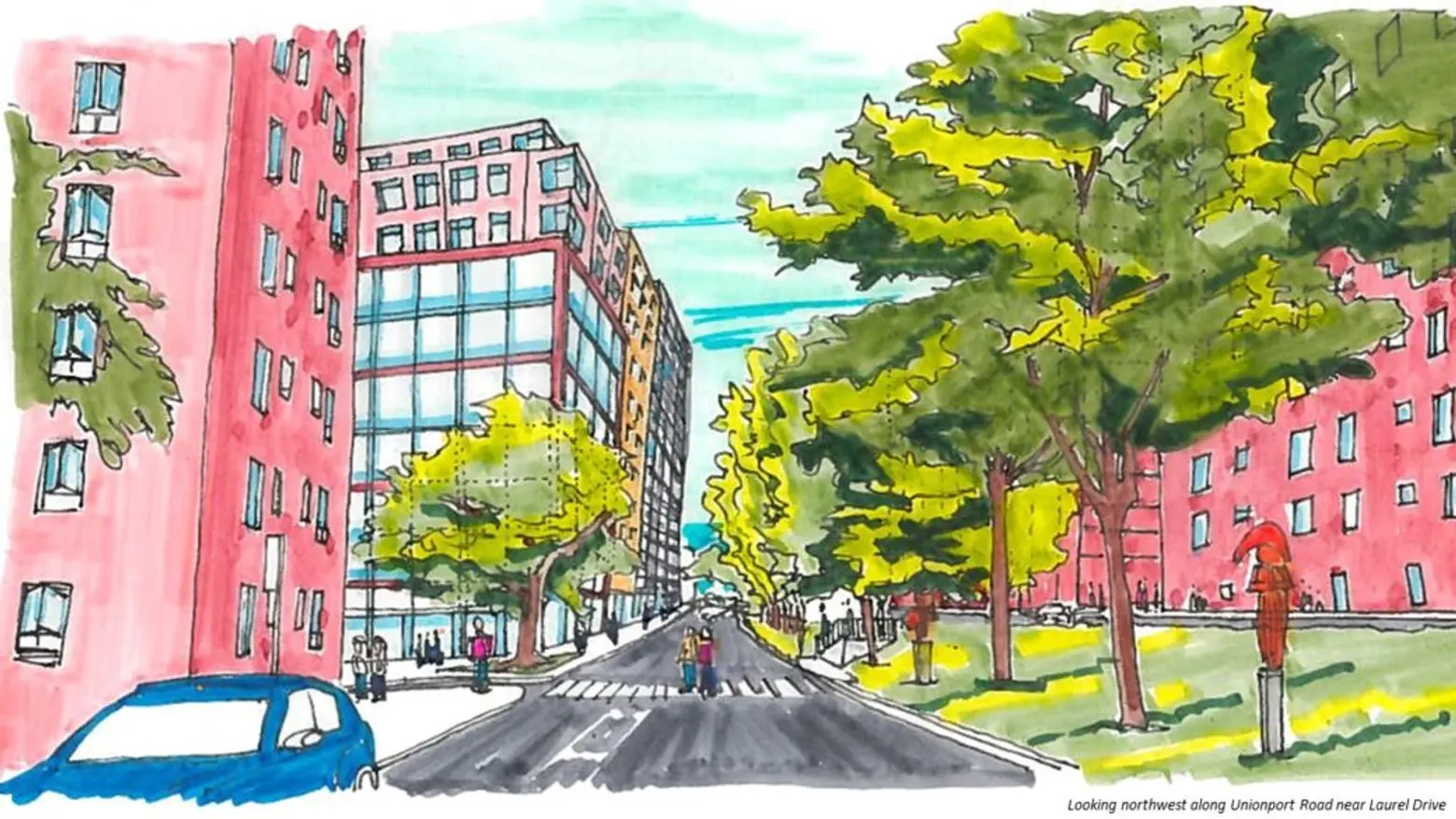
“The Bronx Metro-North plan is an opportunity to potentially employ thousands of Bronxites, significantly decrease travel times with direct access to Penn Station, provide more community and green spaces, bolster our small businesses, and most importantly- build new housing,” Council Member Amanda Farías said.
“After hosting several comprehensive community input sessions and speaking directly with my neighbors, I stand firm in saying that this project is in the best interest of our collective community and its future.”
First announced in 2014 as part of the MTA’s Penn Station Access project, the four new Metro-North stations will support the needs of the East Bronx and reduce travel times from the Bronx to Manhattan by as much as 50 minutes.
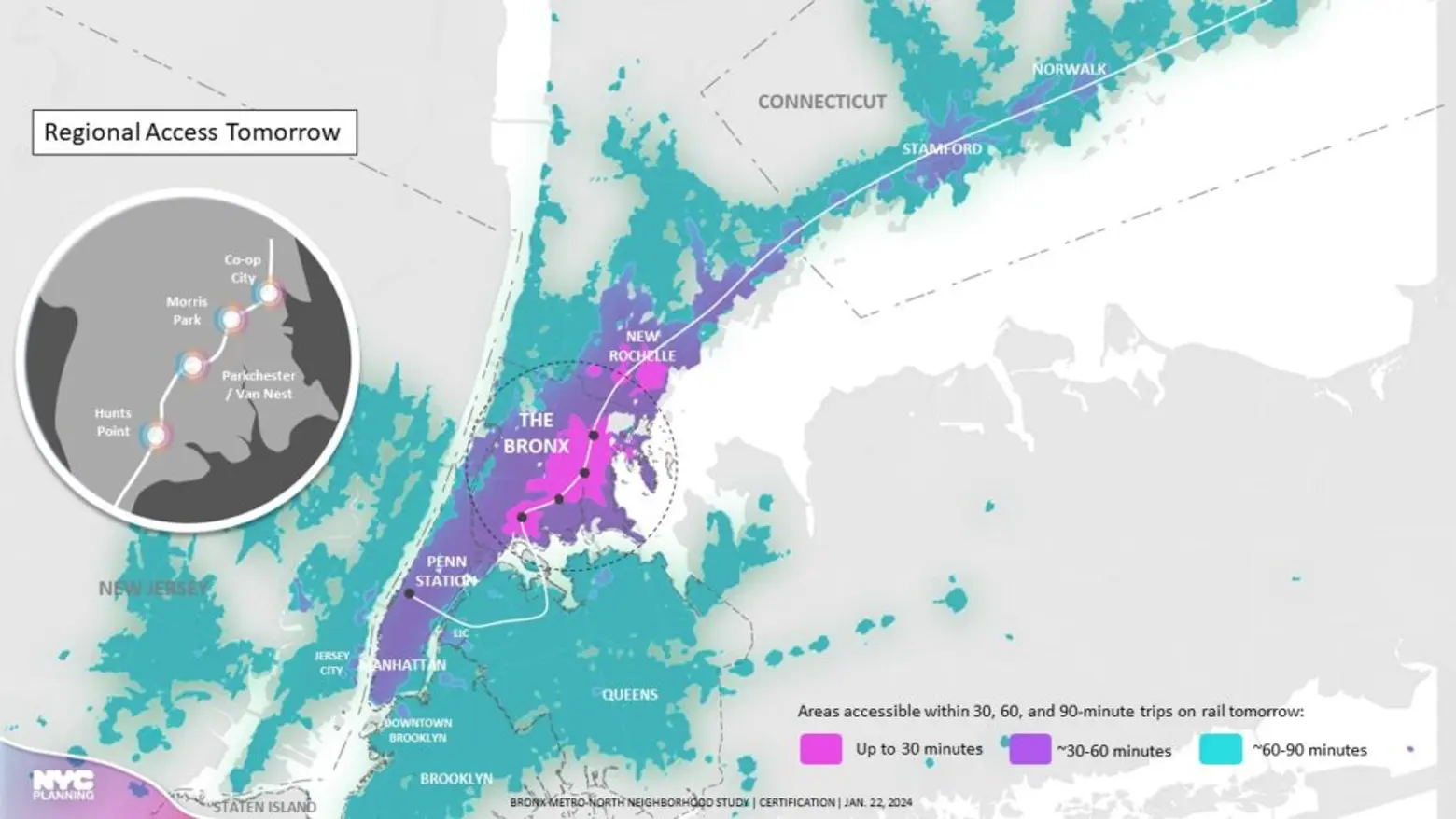
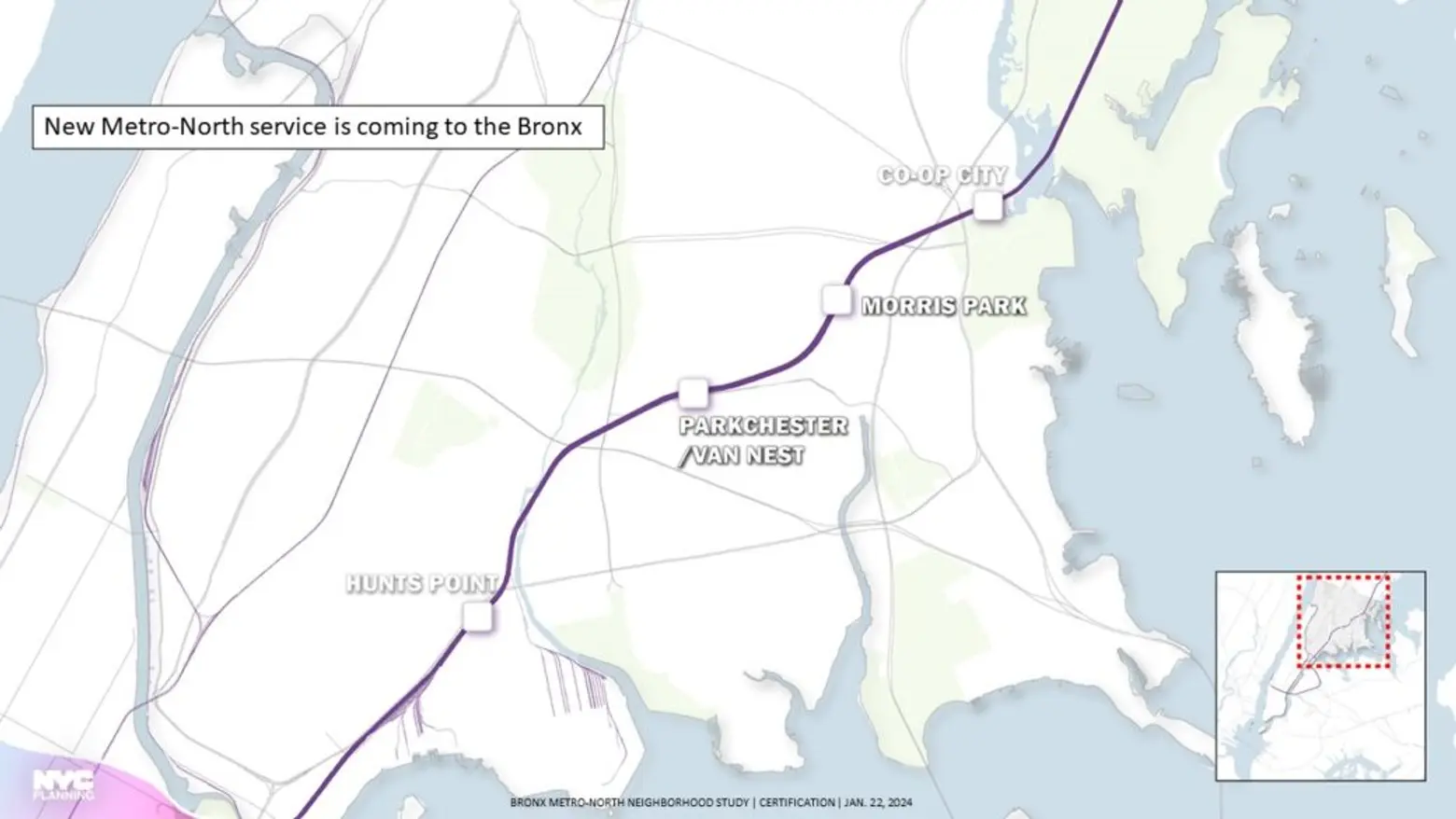
The new stations will connect Penn Station to Metro-North’s New Haven Line, which currently runs through the four neighborhoods but does not stop in the Bronx. This forces East Bronx residents to rely on slower and less convenient forms of transportation like buses. These new stations will also ease congestion and lower carbon emissions by taking vehicles off the road.
According to the MTA, the new stations are expected to reduce commute times from 75 to 25 minutes for Co-Op City to Manhattan, and from 45 to 16 minutes for Hunts Point. The new stations will also create new job prospects for Bronx residents in neighboring areas like Westchester and Connecticut, as 6sqft previously reported.
“The Bronx Metro-North Station Area Plan is a clear example of the positive impact of transit-oriented development – creating the opportunity for thousands of new homes and jobs in true 24/7 live, work, and play neighborhoods,” Andrew Kimball, president and CEO of the NYC Economic Development Corporation, said. “This plan has been years in the making and NYCEDC looks forward to working with DCP and other partners on bringing these station areas to life.”
The current Bronx Metro-North Station Area Plan follows over four years of community input. A Draft Scope of Work, which includes zoning proposals and actions, can be found here.
The City Council is expected to vote on the rezoning proposal this summer.
RELATED:
Interested in similar content?
Leave a reply
Your email address will not be published.









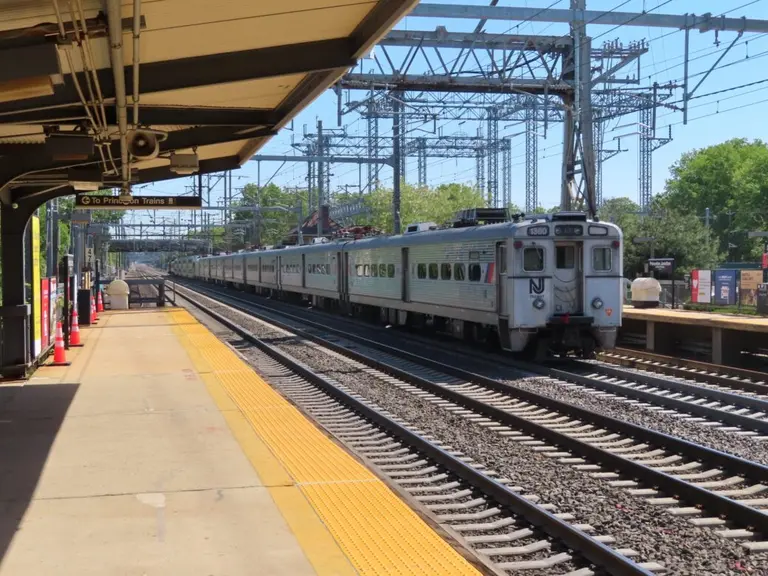
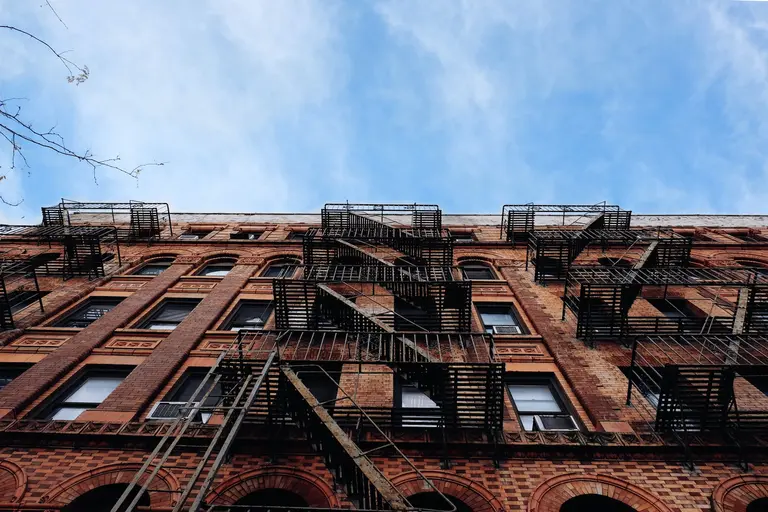









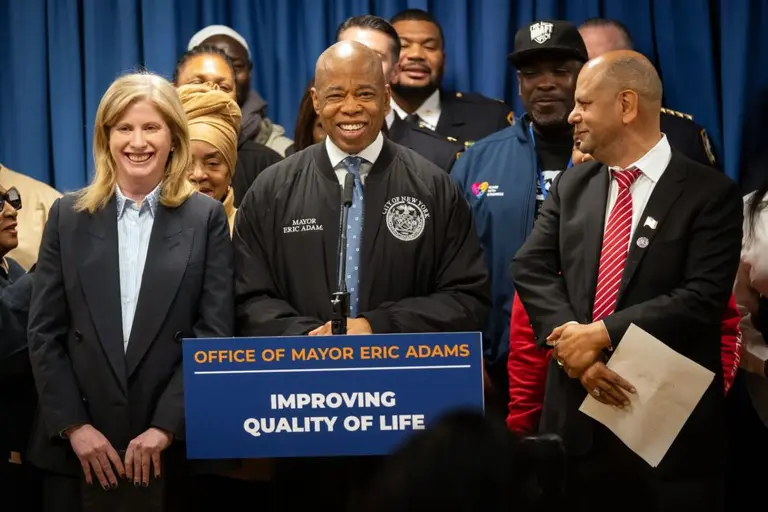
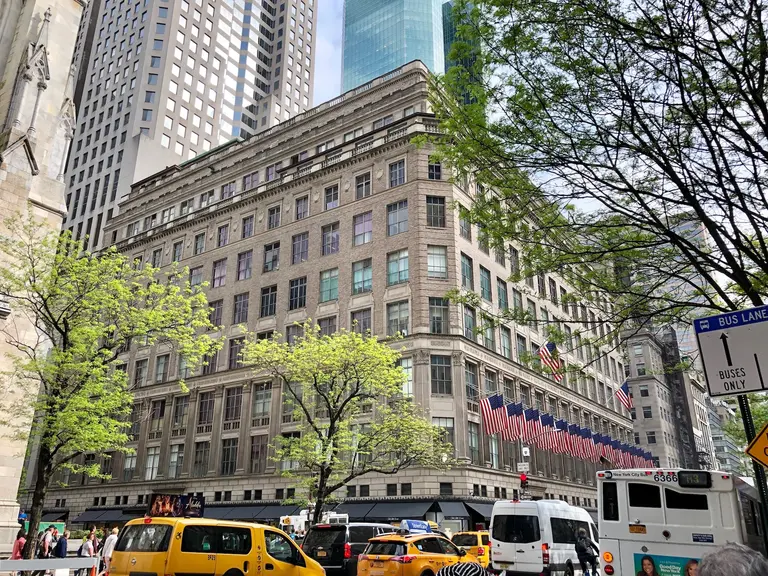
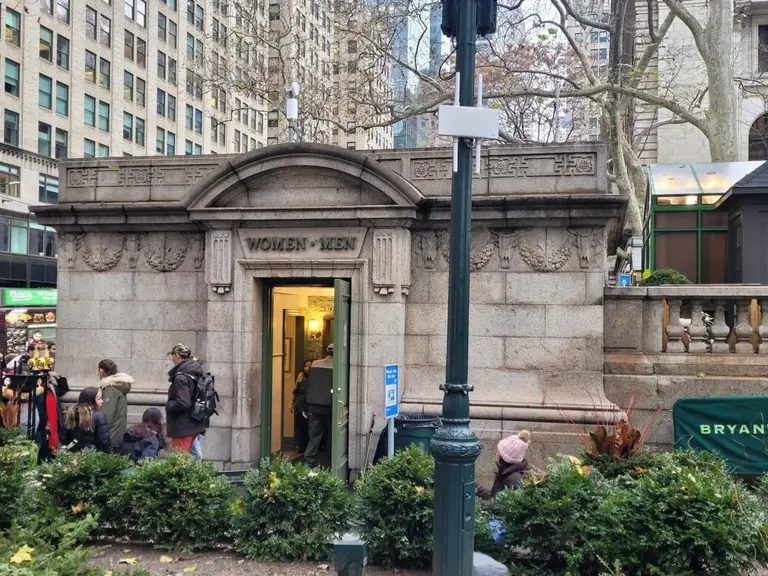















how can I apply for these apt .
This approved rezoning plan for the Bronx Metro-North station initiative is part of broader efforts to enhance transportation infrastructure and stimulate economic development in the Bronx. The rezoning aims to create a more transit-oriented environment, facilitating easier access to public transportation, and promoting mixed-use development, which includes residential, commercial, and community spaces. The approval marks a significant step forward in the Bronx’s urban development, with expectations for positive impacts on housing, transportation, and economic opportunities in the region